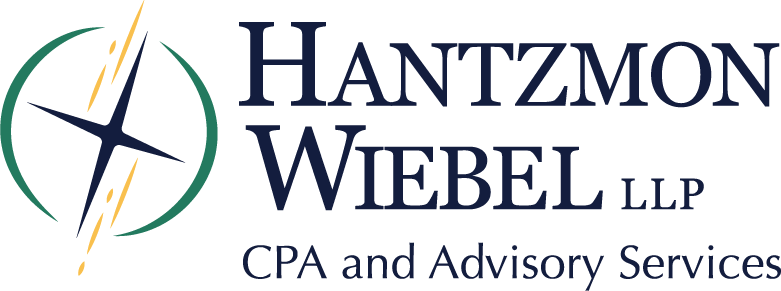If you’re a U.S. employer and offer any kind of pension benefit to your employees, it’s critical that you have an understanding of the Employee Retirement Income Security Act of 1974 (ERISA). Failure to know and fulfill your obligations and responsibilities under the landmark law may lead to significant liability.
Background and Origin
ERISA established a set of standards and rules that regulated the pension industry and how employers provide retirement benefits to their workforces. The law allows favorable tax treatment for money contributed to pension plans, but it also sets forward a series of requirements as well. Specifically, to qualify for favorable status under ERISA, a plan can’t discriminate entirely in favor of executives and management, and it must extend such benefits to rank-and-file employees.
Pensions
ERISA doesn’t require employers to provide pension benefits at all. But if a pension is offered, for it to qualify for ERISA protection, it must meet a number of demands.
Among them:
- Employees’ pensions must vest to their benefit within a certain number of years.
- Employers must keep defined benefit pensions sufficiently funded to meet expected benefits, based on the actuarial assumptions in the plan.
- Income benefits for married couples must be calculated on the joint life expectancy of the couple, not just on the life expectancy of the employee — unless both spouses waive the requirement in writing.
ERISA also created the Pension Benefit Guaranty Corporation (PBGC). This is a quasi-government entity that acts as a backstop for pensions that run into financial trouble and serves to provide workers some security against the possibility of the failure of a pension plan.
All qualified pensions in the country must pay an insurance premium to the PBGC. If a covered pension plan becomes insolvent, the PBGC steps in, takes over the assets and ensures that workers in the plan receive promised benefits, up to certain monthly limits.
Requirements
Employers who provide ERISA-qualified pension plans must file a form 5500 with the Department of Labor. This includes both defined benefit (traditional) pension plans and defined contribution pension plans like the popular 401(k).
You must also provide every employee beneficiary or participant with a plan summary on request. This includes calculations of vested benefits and accrued balances and income benefits.
The Fiduciary Standard
ERISA established a fiduciary standard for plan sponsors, trustees and administrators. This means that those sponsoring or in charge of a plan or its assets are held to the highest standards of conduct, fair dealing and utmost good faith recognized in U.S. law. This is critical, because if plan sponsors fail to understand and abide by their responsibilities as plan fiduciaries, it could lead to significant civil liability and federal fines.
As a fiduciary, your responsibilities include:
- Acting solely in the best interests of plan participants and their beneficiaries.
- Exercising prudence in carrying out your responsibilities.
- Avoiding any unreasonable plan expenses.
- Making investment and administrative decisions in accordance with plan documents.
- Diversifying investments.
Health Plans
ERISA also affects the administration of employer health plans. Specifically, to qualify for a full deduction of premiums paid on behalf of employees, the employer must extend benefits and eligibility not just to executives but also to all full-time employees.
A later amendment to ERISA, the Consolidated Omnibus Budget Reconciliation Act (commonly known as COBRA), requires employers to provide limited continuation health insurance coverage to all employees who leave service.
For more information about your obligations and responsibilities under ERISA, contact your employee benefits specialist. We have a team of experts in employee benefit plans. Complete the form below for help.
Contact Us
© 2024 CPA Site Solutions.
Disclaimer of Liability
Our firm provides the information in this article for general guidance only, and does not constitute the provision of legal advice, tax advice, accounting services, investment advice or professional consulting of any kind. The information provided herein should not be used as a substitute for consultation with professional tax, accounting, legal or other competent advisors. Before making any decision or taking any action, you should consult a professional advisor who has been provided with all pertinent facts relevant to your particular situation. Tax articles in this blog are not intended to be used, and cannot be used by any taxpayer, for the purpose of avoiding accuracy-related penalties that may be imposed on the taxpayer. The information is provided “as is,” with no assurance or guarantee of completeness, accuracy or timeliness of the information, and without warranty of any kind, express or implied, including but not limited to warranties of performance, merchantability and fitness for a particular purpose.
Blog
Nonprofit Insights

